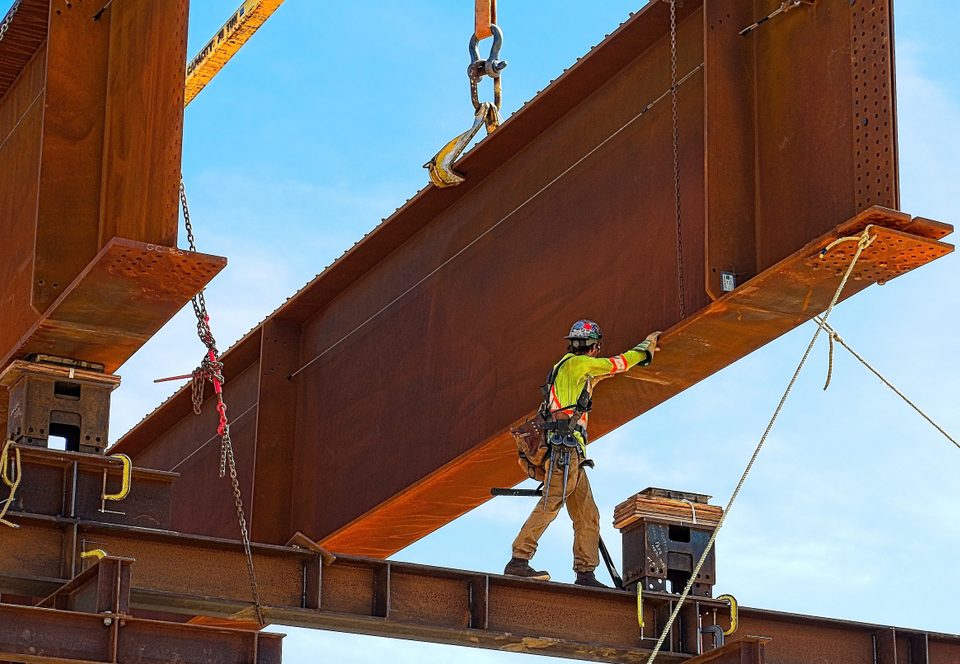How Tool Steel is Made and Grouped

Common Applications of Stainless Steel
February 9, 2018
Choosing the Proper Tool Steel Grade
February 28, 2018For any kind of significant project, the tools you use will be a vital part of your eventual success. And when it comes to some of the strongest and most reliable tools out there, tool steel is a big player.
At Wasatch Steel, we can provide you with all the tools and steel services you need to complete your next project. Here are the basics of tool steel – how it’s made, the groups it falls into and how it might benefit you.
Tool Steel Basics
Tool steel falls under the category of carbon alloy steel. The name is meant to be obvious – its most common use is the creation, modification or repair of hand tools or machine dies.
Tool steels are very hard and have great resistance to abrasion and deformation of any kind. The can retain their cutting edge at extremely high temperatures, making them very useful for shaping other materials via cutting, pressing, coining or extruding. They’re also great for use in the production of injection molds due to their high abrasion resistance.
Tool Steel Groups
Tool steels are split up into six specific categories. Which group you choose will depend on a few factors: Strength, toughness, surface hardness, cost, working temperature and shock resistance. These six groups include:
- Water-hardening
- Cold-work
- Shock-resisting
- High-speed
- Hot-work
- Special purpose
Each of these has different specific qualities that might impact your project. Ask one of our experts if you’re unsure about which to shoot for.
How It’s Made
Tool steel must be manufactured under very careful, specific, controlled conditions – otherwise, the proper quality will not be produced. The total carbon content of tool steel will range between 0.5 percent and 1.5 percent, with a manufacturing process that involves introducing alloying elements. These elements form carbides – usually tungsten, chromium, vanadium, and molybdenum, each of which comes with a different set of properties.
For more on tool steel, or to learn about any of our steel services, speak to the pros at Wasatch Steel today.



